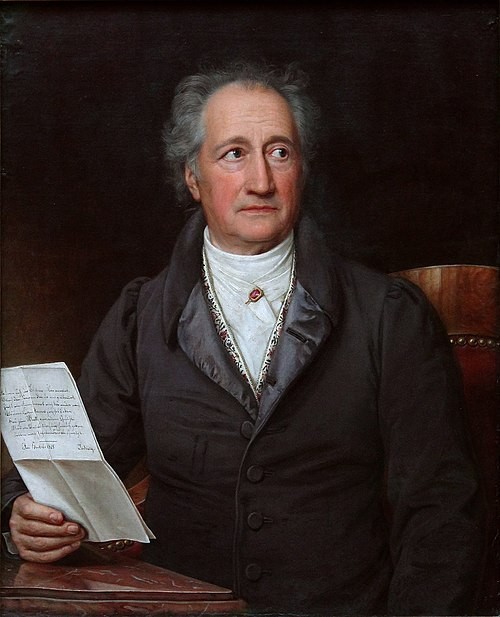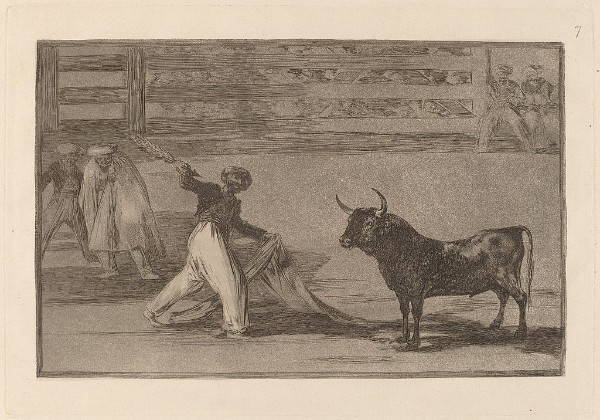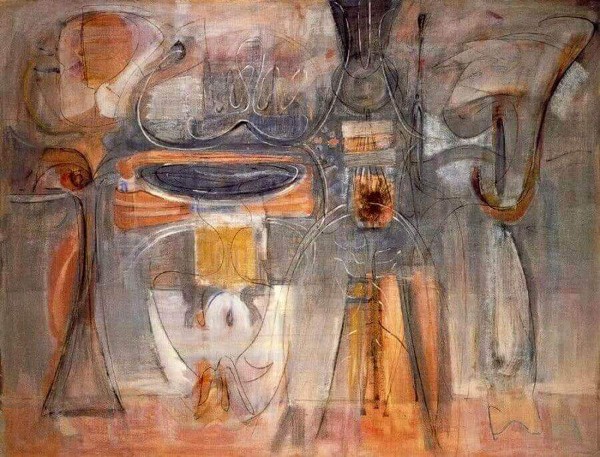Beethoven Delacroix – Liberty leading the People Delacroix: Arabs Skirmishing in the Mountains Caspar David Friedrich : Moonlight on the Sea Portrait of Chopin by Delacroix
Minuet in G
Beethoven
“Moonlight” Piano Sonata no.14, C sharp Minor
Carl Maria von Weber
Der Freischutz, J277
Schubert
Winterreise, Op. 89, D. 911
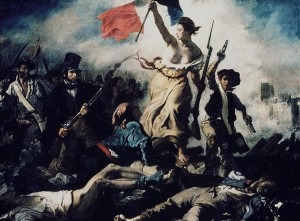
In 1830, on the opening night of Victor Hugo’s romantic drama, ‘Hernani’, pitted ‘les ancients’ against ‘les modernes’, the Classicists against the Romantics. The Romantics were led by Théophile Gautier, Gérard de Nerval and Hector Berlioz, and the battle at the theatre became known in France as “La Bataille d’Hernani” – The Battle of Hernani. Victor Hugo broke all of the rules, the rules of diction, as well as the concept of unity of time, action and space – the 24 hour rule. The play did not use the classical structure of ‘alexandrins’ (12 meter verse) favored by earlier writers such as Racine, Corneille and Molière, but instead modernized the content by requiring the actors to express themselves in a more natural form of speech. Hugo’s groundbreaking production, unconstrained by the 24 hour rule, takes place in different locals across Spain and France, spanning over months and years.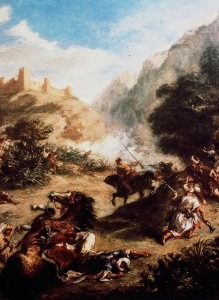
In music, the central figure of the era was Ludwig van Beethoven, whose genius spanned from the Classical Age (Minuet in G) to the Romantic period (Moonlight Piano Sonata, No. 14, C sharp minor). The Moonlight Sonata is a wonderful evocation of emotions – the opening adagio is a movement of magical evocative powers and the stormy mood continues through to the last movement, a true rendition of the Romantic spirit.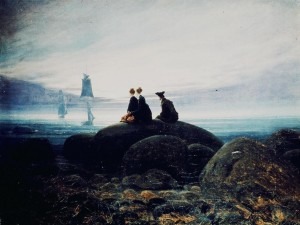
Again, we find a direct correlation from music to the paintings of Caspar David Friedrich – here the moonlit scene of ghostly ships gliding by in the background, watched by three figures, with their back to us, pulling us into the painting and making the viewers direct participants in the silent nighttime scene.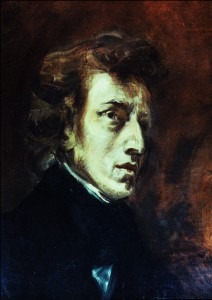
Just as in painting, the form, the language of the music piece becomes apparent, where not melodies, but modes (minor, pianissimo) are contrasted, where the language of the opening bar dictates the character of the rest of the piece, where “a mechanical difficulty directly produces the music, its charm and its pathos” (cf. Charles Rosen, The Romantic Generation)In Baudelaire’s poem, “Les Phares” (The Lighthouses, i.e. guiding lights in painting), one of the strophes connects painting to music:
Delacroix, lac de sang hanté des mauvaises anges,/Ombragé par un bois de sapins toujours vert,/Où, sous un ciel chagrin, des fanfares étranges/Passent, comme un soupir étouffé de Weber.
Delacroix, evil angels haunt this lake of blood,/Shadowed by the evergreen shade of firs,/Where under a stricken sky, strange trumpets calls, Fade away, like a hushed sigh of Weber.
Baudelaire : Les Phares “Spleen et Idéal”
More Arts
-
 In Memory of the Past: Goethe’s ‘Erster Verlust’ A century of art song interpretations of first love and loss
In Memory of the Past: Goethe’s ‘Erster Verlust’ A century of art song interpretations of first love and loss -
 Musicians and Artists: Holt and Goya Discover inspirations behind Simon Holt's piano work Tauromaquia
Musicians and Artists: Holt and Goya Discover inspirations behind Simon Holt's piano work Tauromaquia -
 Musicians and Artists: Adams and Rothko Transforming Mark Rothko's color field painting into music
Musicians and Artists: Adams and Rothko Transforming Mark Rothko's color field painting into music -
 Musicians and Artists: Gould and Burchfield Morton Gould's musical tribute to artist Charles Burchfield
Musicians and Artists: Gould and Burchfield Morton Gould's musical tribute to artist Charles Burchfield

